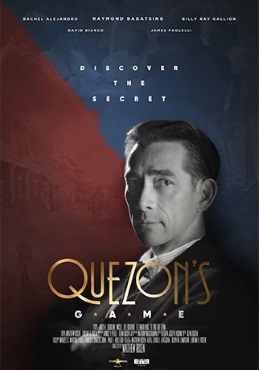24 December 1941 was the saddest Christmas Eve in our country’s history.
Sixteen days after Japan successfully invaded Filipinas, President Manuel L. Quezon transferred the seat of the Commonwealth of the Philippines to the island of Corregidor on General Douglas MacArthur’s recommendation (or command?). It was there where he and Vice President Sergio Osmeña were hastily sworn in to their second term several days later, on December 30. Joining them in Corregidor were their respective families, Chief Justice José Abad Santos, and some members of the presidential staff.
A few days before the escape to Corregidor (December 16), President Quezon had already approved Commonwealth Act No. 671 which declared a state of total emergency and granting him extraordinary powers in order to meet the emergency that was World War II.
Major General Basilio Valdés was tasked by General MacArthur to be in charge of the safety of the First Family. On the same day that the Commonwealth Government retreated to Corregidor, President Quezon appointed Valdés as Chief of Staff of the Philippine Army as well as Secretary of National Defense.

Corregidor is a small but fortified island which lies at the entrance of Manila Bay, right between the provinces of Cavite and Bataán. The choice of location as the seat of President Quezon’s US-controlled government was probably a desperate move because its strategic location, network of tunnels, vast array of defensive armaments, and strong fortifications were the reasons why Japan aspired to get hold of the island. For all intents and purposes, the Commonwealth of the Philippines placed itself in harm’s way.
Nevertheless, President Quezon, his family, and his staff were still able to hole themselves in Corregidor for two months. At around February, food supplies started to dwindle. In the early morning of 20 February 1942, the submarine USS Swordfish (SS-193) picked up President Quezon and his party and transported them to Iloílo (Japanese forces have not yet conquered Visayas and Mindanáo during that time).
Less than three months later, on 5 May 1942, Corregidor fell to the Japanese invaders, the culmination of their successful campaign for the conquest of our archipelago. But President Quezon et al. were already safe in the US, having escaped there in the spring of 1942, just before the country’s fall.







